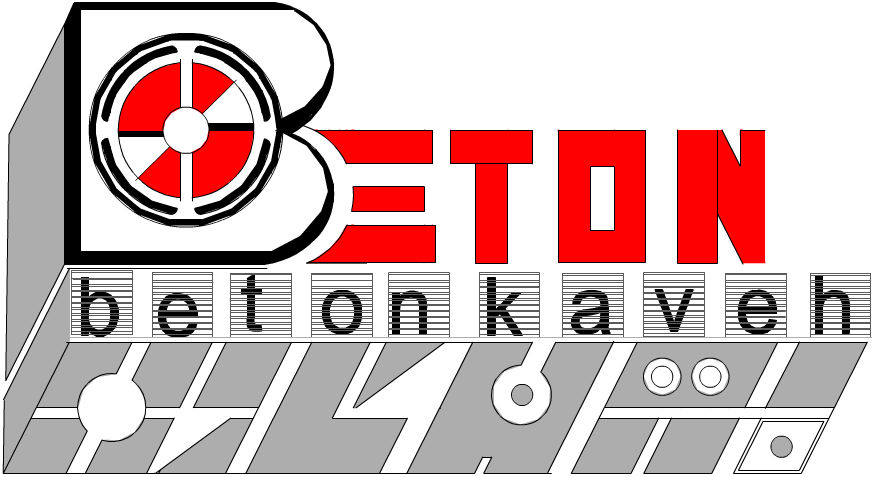Advantages of Self-Consolidating Concrete
Using produce several benefits and advantages over regular concrete. Some of those benefits are:
Labor savings.
Accelerates project schedules. Shorter construction periods and resulting cost sav-ings.
Can be placed at a faster rate with no mechanical vibration and less screeding, resulting in savings in placement costs.
Improved consolidation around reinforcement and bond with reinforcement.
Increased jobsite safety by eliminating the need for consolidation.
Improved and more uniform architectural surface finish with little to no remedial surface work.
Quicker concrete truck turn-around times enabling the producer to service the project more efficiently.
Reduces skilled labor.
Superior strength and durability.
Minimizes movement of ready mixed trucks and pumps during placement.
Produces a wider variety of placement techniques.
Self-Consolidating Concrete Properties
Two important properties specific to SCC in its plastic state are its flowability and stability. The high flowability of SCC is generally attained by using high-range-water-reducing admixtures and not by adding extra mixing water. The stability or resistance to segregation of the plastic concrete mixture is attained by increasing the total quantity of fines in the concrete and/or by using admixtures that modify the viscosity of the mixture. Increased fines contents can be achieved by increasing the content of cementititious materials or by incorporating mineral fines. Admixtures that affect the viscosity of the mixture are especially helpful when grading of available aggregate sources cannot be optimized for cohesive mixtures or with large source variations. A well distributed aggregate grading helps achieve SCC at reduced cementitious materials content and/or reduced admixture dosage. While SCC mixtures have been successfully produced with 1½ inch (38 mm) aggregate, it is easier to design and control with smaller size aggregate. Control of aggregate moisture content is also critical to producing a good mixture. SCC mixtures typically have a higher paste volume, less coarse aggregate and higher sand-coarse aggregate ratio than typical concrete mixtures.
Self-Consolidating Concrete Considerations
Full capacity mixer of self-compacting concrete might not be feasible due to potential spillage along the road, producing environmental and contamination hazards.
Formwork should be designed to withstand fluid concrete pressure that will be higher than regular concrete.
Self-Consolidating Concrete may have to be placed in lifts in taller elements.
Production of SCC requires more experience and care than the conventional vibrated concrete.
Test Setup and Methods of Self-Consolidating Concrete
Slump Flow Test and T50 Slump Flow Test
V-Funnel Test
L-Box Test Method
Fill Box Test
‘U’ Box Test
Resource: www.thebalance.com | selfconsolidatingconcrete.org



